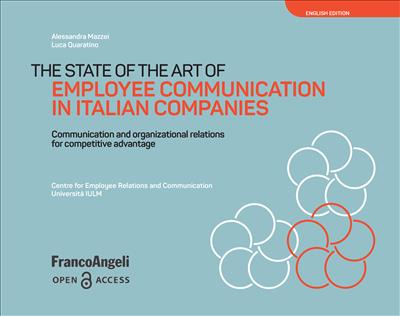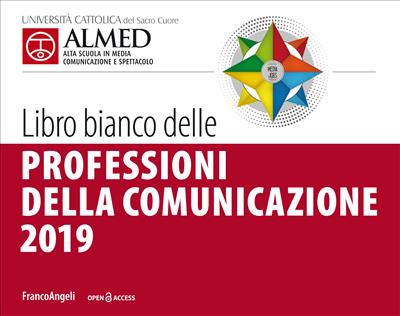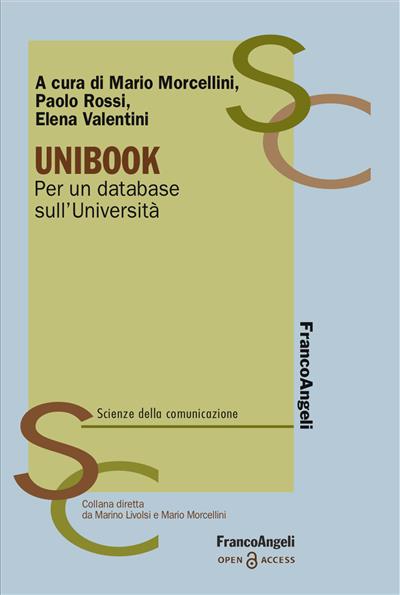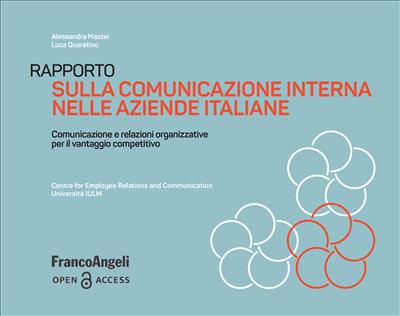
A cura di: Alessandra Mazzei, Luca Quarantino, CERC - Centre for Employee Relations and Communication, WG_EC - Working Group Employee Communication
The State of the Art of Employee Communication in Italian Companies
Communication and organizational relations for competitive advantage
The State of the Art of Employee Communication in Italian Companies outlines the practices and trends of employee communication and organizational relations in Italy. The study includes a focus on the digitization of employee communication, internal social media and the use of external social media by employees. It constitutes a tool thanks to companies can map the development status of its employee communication over time and with reference to the Italian situation.
Pages: 112
ISBN: 9788835100898
Edizione:1a edizione 2020
Publisher code: 10067.3



